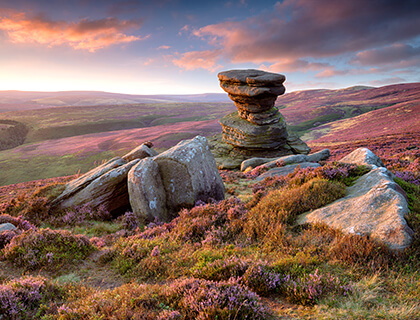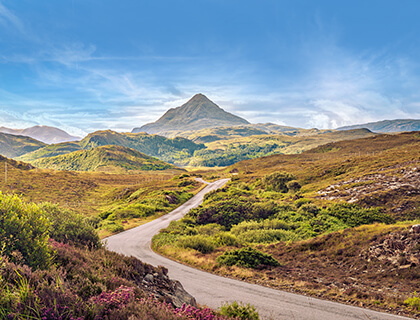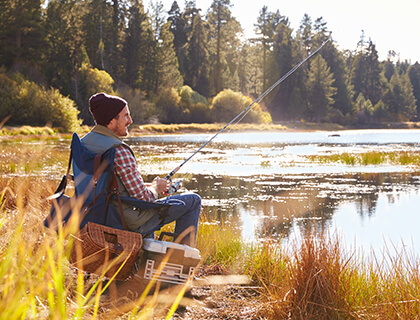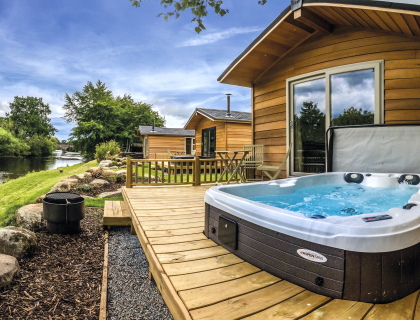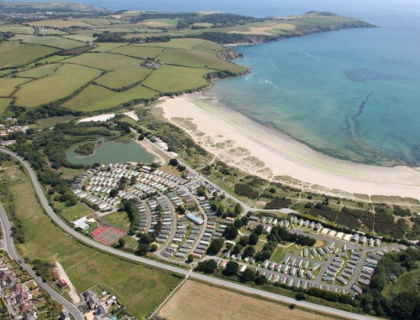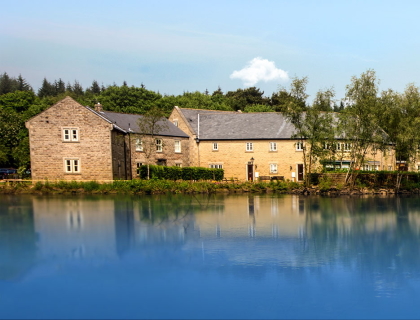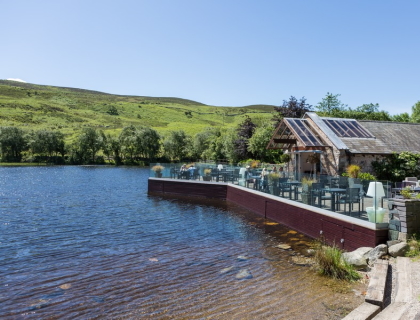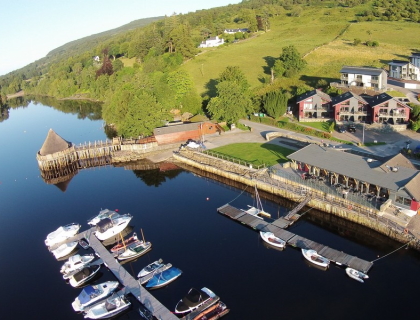You’re bound to be familiar with the Grand Canyon, the Great Barrier Reef and the world’s other famous natural landmarks, but what about the natural wonders found closer to home? Allow us to introduce you to 9 natural wonders of Great Britain. 
Natural Wonders of England
Cheddar Gorge
The largest gorge in Britain, Somerset’s Cheddar Gorge was formed one million years ago when torrents of floodwater washed away a huge chunk of the Mendip Hills, leaving us with the spectacular ravine we can see today. Here you can enjoy rock climbing, clifftop walks with fantastic views across the West Country and trips that delve into the caves below, where you’ll find a mysterious underground river. Cheddar Gorge is the site of the 1903 discovery of the oldest complete skeleton ever found in the UK, which has since been dubbed The Cheddar Man.
The Needles
A jagged row of chalk stacks that jut out into the sea off of the far western tip of the Isle of White. The Needles were named in reference to two sharper members of the rock formation that were claimed by the waves back in 1764. A lighthouse perches right at the end of the formation. The Needles are best viewed on a clear day from the nearby Victorian fort, The Old Needles Battery, which is now owned by the National Trust.
Gaping Gill
Gaping Gill is a cave that lies deep beneath the Yorkshire Dales. It extends to a depth of 100m, comprises an underground chamber larger than St Paul’s Cathedral and contains a waterfall that cascades all the way from its mouth to its floor. Despite its wonders, Gaping Gill is far from a tourist hotspot. Public access to the cave is available just twice a year, for one week in May and for another in August. But the exclusivity makes the experience of a visit all the more special.
The Seven Sisters
The white cliffs of southeast England are an iconic national emblem and a natural monument to our long history as an island nation. A section called the Seven Sisters is the best stretch of the white cliffs you can see from land. The name refers to the seven peaks that stand next to each other along the visible part of the ridge. Slow but steady coastal erosion ensures they’re always pristine white. The Severn Sisters fall within the South Downs National Park. To see the Sisters from their most magnificent angle, visit Seaford Head and gaze east over the River Cuckmere. You can also walk a trail up and down their length.
The Jurassic Coast
The Jurassic Coast runs 96 miles along the southwestern shores of England from Exmouth in Devon to Studland Bay in the east. In 2001, the coast became England’s first, and so far only, Natural World Heritage Site thanks to the 185 million years of geological history that coastal erosion has made visible along its stretch. At different times the area has been covered by desert, by a shallow tropical ocean, and by marshland.
If you’re into fossil hunting – and even if you’re not – there’s great fun and fantastic finds to be had from searching for the fossilised remnants of the many prehistoric creatures that have inhabited the area. The Jurassic Coast also includes the magnificent limestone arch Durdle Door, miles of sandy beaches, and Lulworth Cove, which is one of the most perfectly formed coves in the world.
Natural Wonders of Scotland
Loch Awe
Scotland's Loch Ness may be the biggest and may (or may not…) be home to the Loch Ness Monster, but Loch Awe is the longest, and, according to loose consensus, the most beautiful. With its high wooded valleys, green shores, polished glass waters, and scattering of castles, Loch Awe is every romantic image of the Scottish Highlands in one place. The town of Inveraray is a great starting point for exploring the area. From there you’ll find a number of hiking routes leading up to and around the loch. Some of the best views of Loch Awe can be seen from the upper floors of the picture-perfect ruins of Kilchurn Castle, which sit astride a peninsula on the far northern shore.
Old Man of Hoy
At 137m, the Old Man of Hoy is one of the largest sea stacks in Britain. It stands proudly detached from the red sandstone cliffs of Hoy, an island belonging to Scotland’s Orkney archipelago. The stack is believed to be no more than a few centuries old but is already in danger of collapsing into the sea. It makes for a wonderful sight, and, if you’re seriously intrepid, an exhilarating climb.
Natural Wonders of Wales
Pistyll Rhaeadr
Pistyll Rhaeadr is the tallest waterfall in Wales. It gushes 73m down the side of the Berwyn Mountains, passing under a natural rock arch and down into a forested gorge. After enjoying the spectacle, you can drink a cup of tea or eat a hot meal at the nearby Tan-y-Pistyll restaurant and tearoom.
Natural Wonders of Northern Ireland
The Giant’s Causeway
The Giant’s Causeway is an otherworldly rock formation of 40,000 hexagonal basalt columns that lies at the base of Antrim’s coastal cliffs. According to legend, the rocks were put in place by a giant called Finn McCool so he could cross the Irish Sea to brawl with his equally enormous Scottish rival, Benandonner. According to the scientific explanation, they were formed by volcanic activity between 50 and 60 million years ago.
The Giant’s Causeway is a World Heritage Site and national nature reserve. The rocks are free to visit, but the visitor centre charges a small entrance fee. Numerous hiking trails lead to the site. One of the most scenic runs from Runkerry House to the edge of the cliffs that overlook the causeway.
Our islands, as we’ve hopefully demonstrated, have a remarkable geographical diversity and are home to a range of truly awe-inspiring natural features. All of our 9 natural wonders of Great Britain are open to the public for at least certain times of the year, so, once it’s safe, why not go and feast your eyes for yourself?





